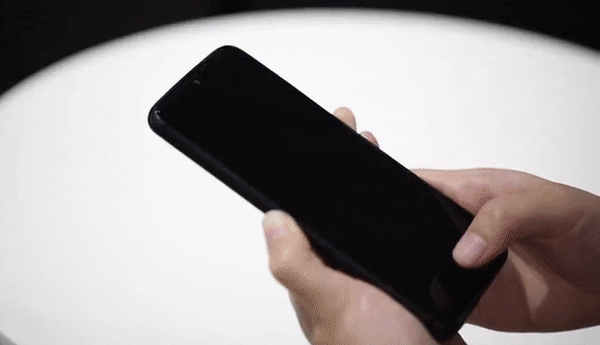Redmi’s General Manager, Lu Weibing today announced that the company has successfully implemented an in-display Fingerprint scanning on an LCD screen. As of now, in-display fingerprint scanners are implemented on AMOLED display because of their independence on a backlight.
The Redmi R&D team has now overcome this problem with a new method and in-screen fingerprint on LCD screens is also ready for mass production, said the company. In-display fingerprint essentially works by recording an image of the fingerprint and matching it every time you unlock the smartphone. However, because the fingerprint sensor is below the screen, there needs to be a channel to transmit optical or ultrasonic signals, which results in the current implementation only on OLED screens. LCD screens can’t feature this visible unlocking method because of the backlight module.

Redmi has used infrared high-transmittance material that greatly improves the transmittance of infrared light. The infrared transmitter at the bottom of the screen emits infrared light. After the fingerprint is reflected, it penetrates the screen and shines on the fingerprint sensor to complete the fingerprint verification, which solves the LCD Fingerprint problem.
To show off the working principle, the company has also demoed it on a Redmi Note 8 Pro prototype after replacing the screen with the new LCD screen that has an in-display fingerprint scanner. Lu Weibing mentioned that this tech is ready for mass production, so expect the next mid-ranger from Redmi to come with an in-display scanner on an LCD display.











